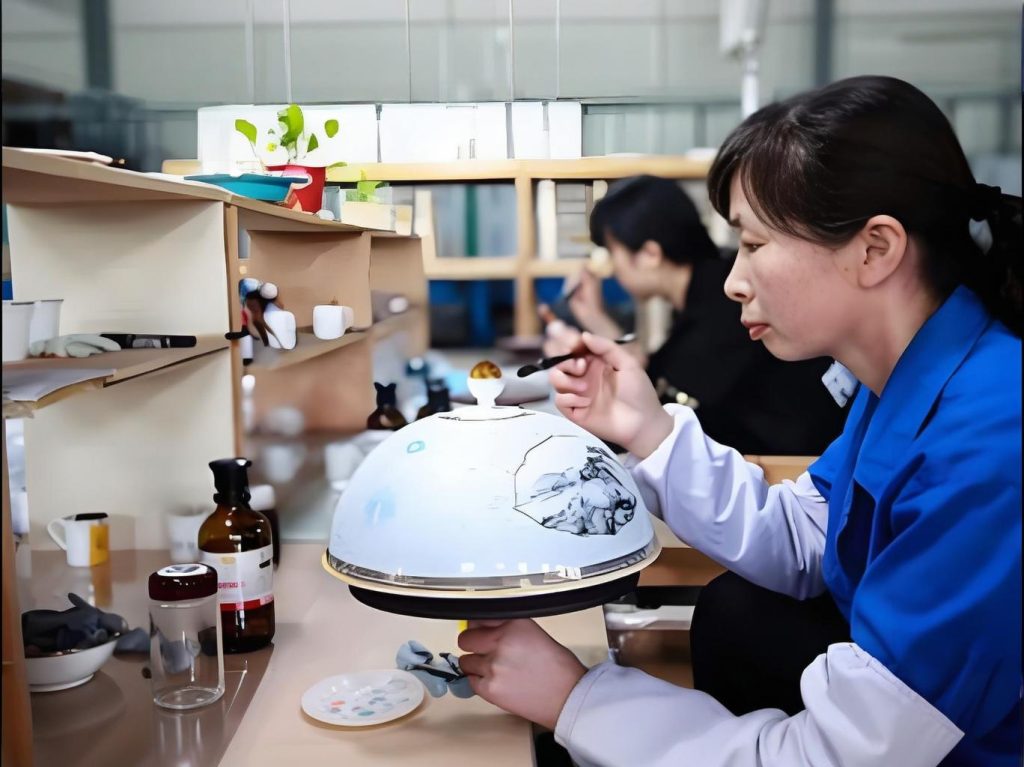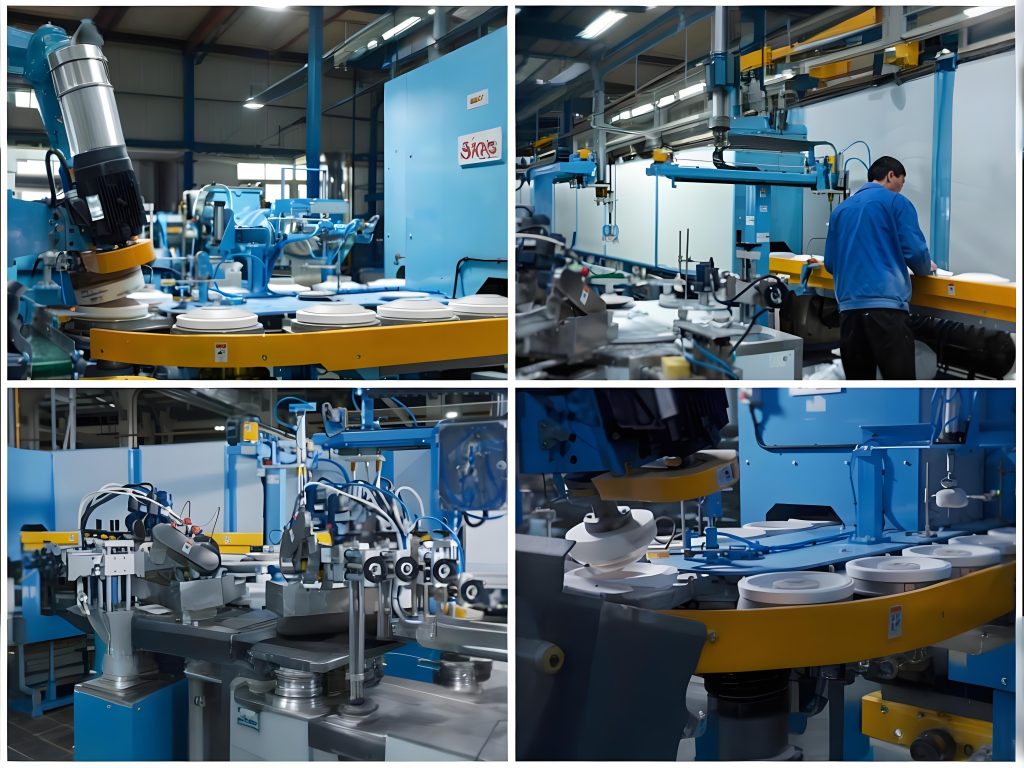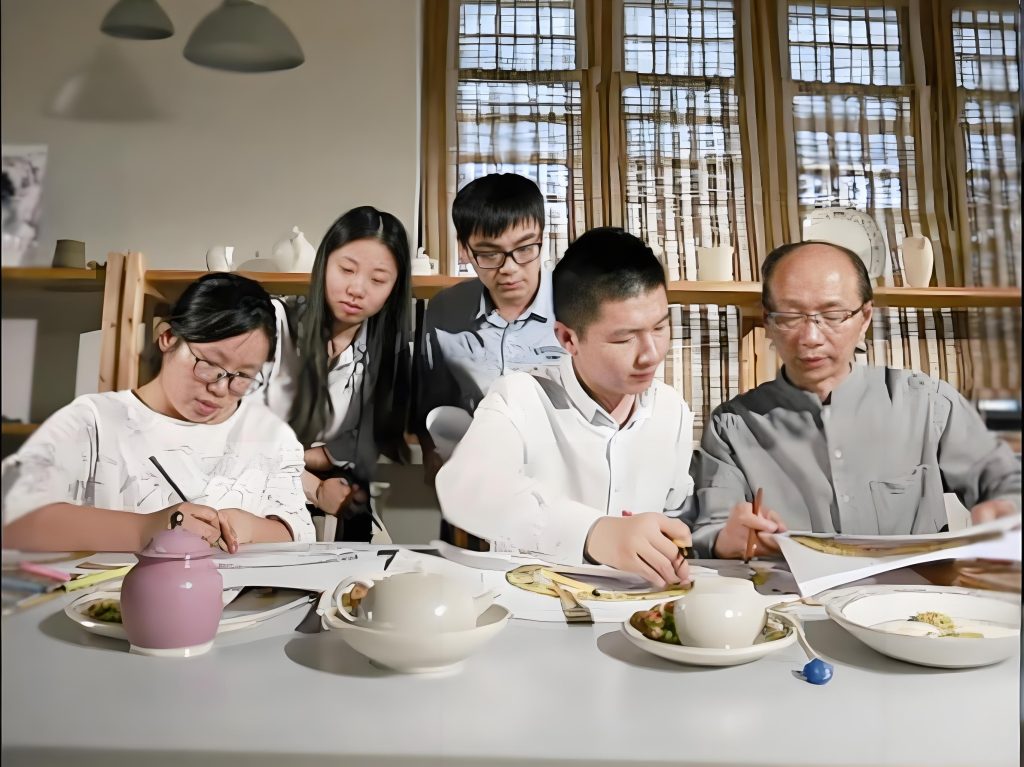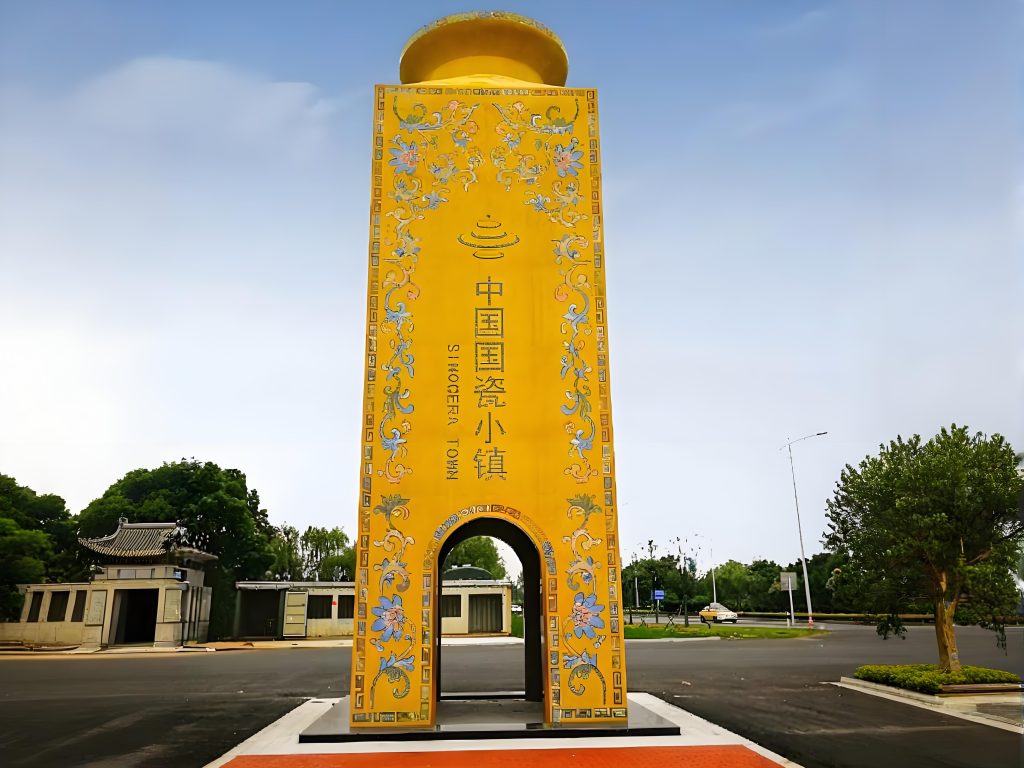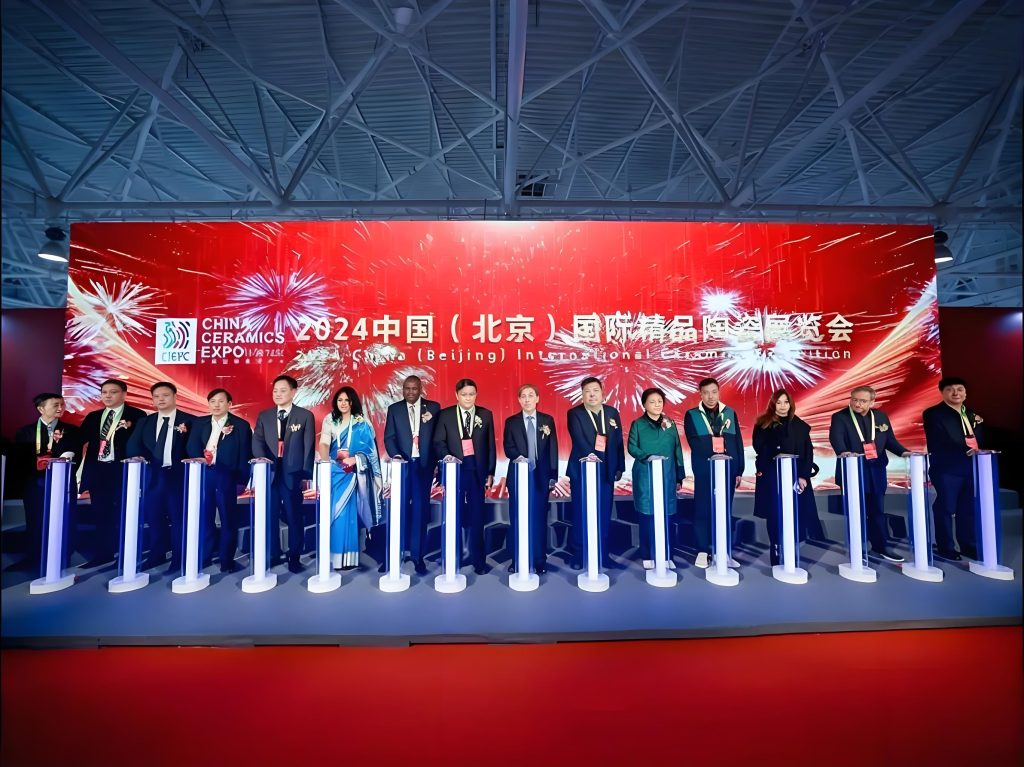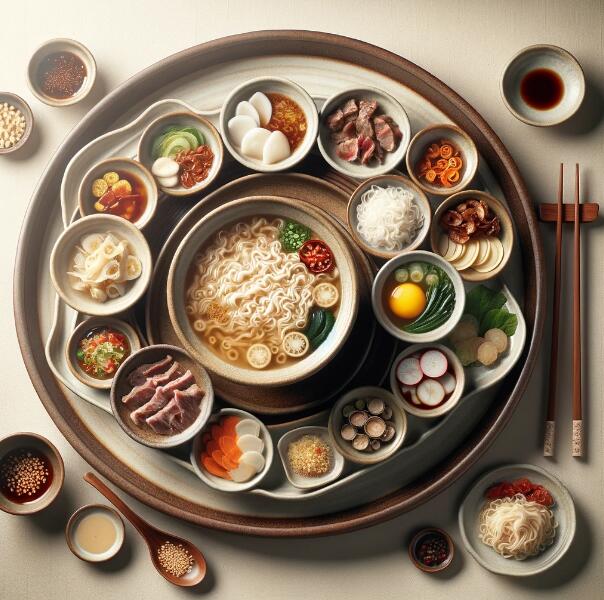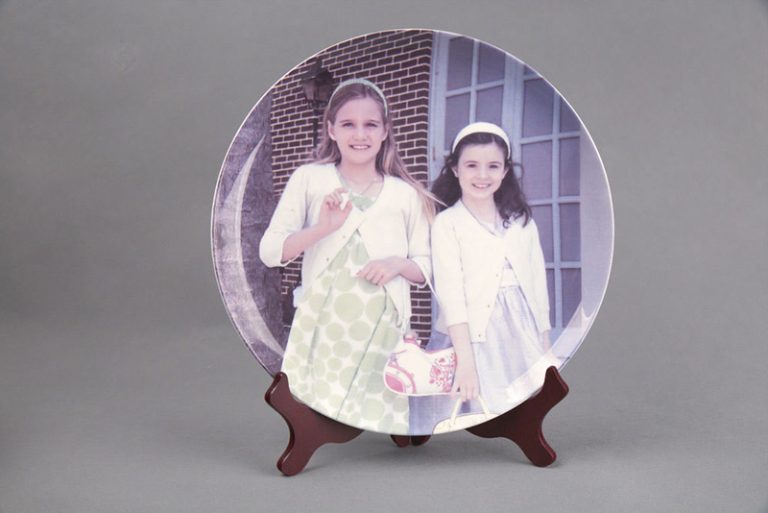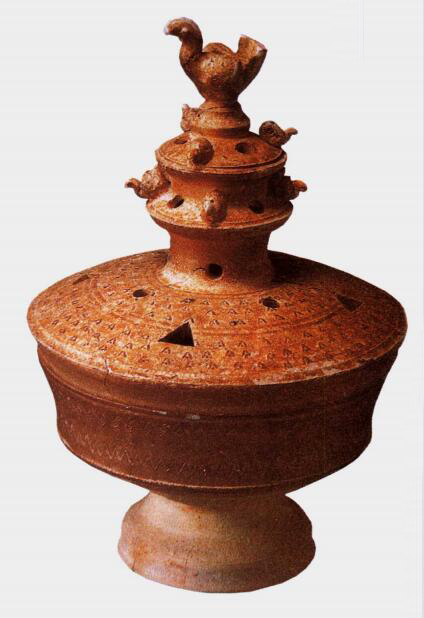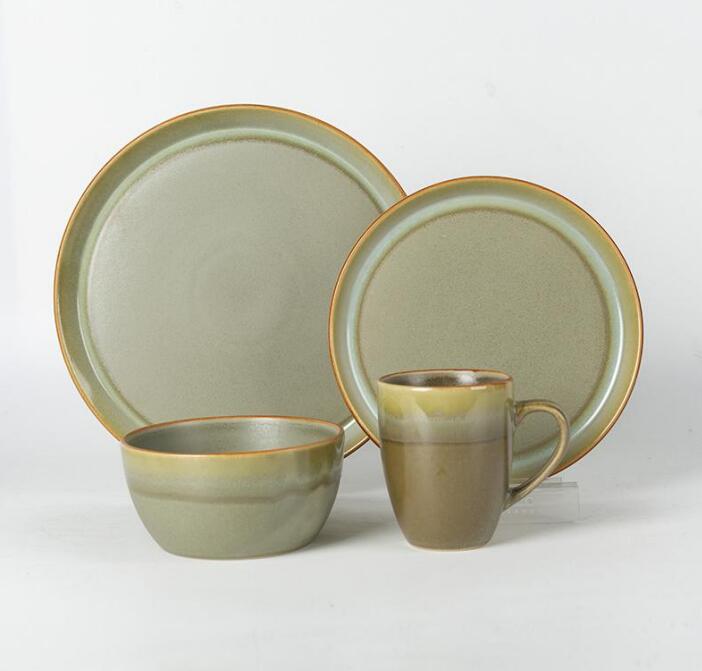The Complete Purchasing Guide for Scandinavian Tableware
The clean lines, functionality, and timeless elegance of Nordic design is fast becoming a standard in the hospitality sector. The prestigious Falstaff Nordic Hotel Guide 2025 recently published a review of its experiences across Scandinavian countries. This review gained global attention and has quickly brought focus to Scandinavian tableware design.
This guide gives hotel and restaurant managers, insight into selecting, buying, and using Scandinavian-style tableware that improve guest experiences while delivering practical benefits for your business.

Scandinavian Design
- Simplicity, Functionality, and Natural Elements
Scandinavian design follows the principle of “lagom”: not too much, not too little, but just right. This philosophy in tableware is seen through clean lines, minimal designs, and clearcut production. Every element serves a function while maintaining harmony.
“Scandinavian design has a minimal, clean approach that combines functionality with beauty. Its focus is on simple lines and light,” explains the Scandinavian Standard.
- Historical Roots and Modern Evolution
What began as a regional response to harsh winters: light, warmth, and practicality essential—has become a global design language.
Traditional Nordic works used durable materials like wood, ceramics, and glass that could withstand daily use and still be warm.
Modern Scandinavian tableware uses natural materials but modern production techniques.
- Elements Of Scandinavian Tableware
Authentic Scandinavian tableware typically features:
- Minimalist Forms: Short, steep rims on plates; simple, functional shapes without unnecessary additions.
- Natural Color Scheme: Whites, grays, blues, and earthy tones are popular, though bright colors are gradually becoming popular.
2025 Market Trends Analysis
The ceramic dinnerware market recorded $1.2 billion in 2024, experts predict a $2.1 billion growth by 2033. Additionally, eco-friendly materials are regularly purchased in the larger tableware category. This market is expanding at a CAGR of approximately 7% from 2025 to 2033.
Latest Design Trends
- Handcrafted Authenticity: The artists’ touch is becoming very popular. Guests value subtle changes over machine-made perfection.
- Expanded Color Horizons: While traditional neutrals remain prominent, deeper tones like forest green, navy, and earthy browns are now in circulation
- Mix-and-Match Settings: Mixed settings is preferred to the old-fashioned standard of similar tableware.
Post-Pandemic Events in the Hospitality industry
The pandemic changed how guests experience restaurants and hotels. Design experts at HBG Design says, “Design trends are leaning into warm palettes, nostalgic textures, and tactile materials, creating spaces that feel both luxurious and welcoming.”
This shift toward comfort, coupled with heightened health awareness, has influenced tableware procurement in several ways:
- asking for individually portioned serving vessels
- pieces that cause emotional comfort and security
- focus on materials with natural antimicrobial properties
- tableware that photographs well for social media sharing
Scandinavian Tableware Classifications and Characteristics
Material Classifications
| Material | Key Characteristics | Ideal Applications | Sustainability Profile | Price Range |
| Fine Porcelain | Lightweight, translucent, elegant | Fine dining, upscale settings | Moderate; durable but energy-intensive to produce | Premium |
| Stoneware | Rustic texture, excellent heat retention, substantial feel | Casual dining, signature dishes | Good; often incorporates recycled materials | Mid-range |
| Ceramics | Versatile, wide variety of finishes possible | All-purpose dining | Variable depending on production methods | Low to mid-range |
| Glass | Transparent, modern, lightweight | Beverages, desserts, modern concepts | Good when produced using recycled materials | Mid-range |
| Natural Wood | Warm, organic, unique grain patterns | Serving boards, accent pieces | Excellent when sourced from certified forests | Mid to premium |
| Sustainable Composites | Innovative materials combining natural fibers | Casual dining, takeaway concepts | Excellent; often biodegradable or recyclable | Mid-range |
Types of Scandinavian Table and their Ideal Settings
Scandinavian tableware is very flexible, its vessels can be used for several meals:
- Multifunctional Vessels: Bowls that work equally well for soups, grain dishes, or desserts
- Stacking: designs that take less space but still maintain their beauty.
- Transition Pieces: Items that move directly from oven to table, reducing service steps and preserving food temperature.
- Color Systems: The Nordic color scheme favours harmony and natural tones.
- Tonal Variation: Using different shades of a single color family to create depth
Eco-Friendly Scandinavian Tableware Materials
Several important developments becoming popular are:
- Recycled Ceramic Content: Adding the excess ceramic to a new batch during production.
- Low-Temperature Firing: Reducing energy consumption during manufacturing.
- Bio-Based Glazes: Developing plant-derived alternatives to traditional petroleum-based options
- Water Recycling Systems: Closed-loop production processes that minimize water usage
Certification Standards
Look for the following certifications when buying your Wares:
- Cradle to Cradle: This body is concerned with eco-friendly materials, recycling, energy and water use.
- Nordic Swan Ecolabel: This is the official environmental certification for Nordic countries
- EU Ecolabel: European standard for environmental excellence
- B Corp Certification: Does a complete assessment of company practices.
Sustainable Scandinavian Tableware Use
Maidla Nature Resort in Estonia was recently awarded the Best Design Hotel in the Falstaff Nordic Hotel Guide 2025. Its top highlight was the use of eco-friendly tableware. Partnering with local ceramicists, they created a tableware collection that matched their location and sold their story. Guests of this hotel usually associate the collection to their memorable impressions of the hotel.
Purchase Strategies for Hospitality Businesses
Needs Assessment and Planning
Effective purchase begins with a thorough assessment:
- Operational Requirements: Consider service style, menu offerings, and staff handling capabilities
- Brand Alignment: Ensure selections reinforce your establishment’s aesthetic and values
- Durability Needs: Assess replacement frequency expectations and handling conditions
- Storage Constraints: Evaluate available space and stacking requirements
- Budget Parameters: Determine total investment capacity and cost-per-use targets
Supplier Selection Criteria
When evaluating potential Scandinavian tableware suppliers, prioritize:
- Design Authenticity: True understanding of Scandinavian design principles
- Commercial Experience: Proven track record in hospitality settings
- Production Capacity: Ability to fulfill initial orders and subsequent replacements
- Customization Capabilities: Flexibility to adapt designs to specific needs
- Sustainability Credentials: Transparent environmental practices
- Delivery Reliability: Consistent fulfillment of timing commitments
- After-Sales Support: Replacement policies and ongoing availability guarantees
Cost Control and ROI Analysis
While initial investment in quality Scandinavian tableware may be more than generic alternatives, the total cost of ownership often favors premium options:
- Replacement Frequency: Higher-quality items typically require less frequent replacement
- Breakage Rates: Better materials and design reduce operational losses
- Guest Perception: Beautiful dining experiences that match premium pricing
- Brand Building: Distinctive tableware contributes to memorable experiences and social media visibility
- Staff Efficiency: Well-designed pieces can streamline service and reduce handling time
Integrating Scandinavian Tableware with Brand Experience
Strengthening Brand Identity Through Tableware
Your tableware selection is a tangible expression of your brand values. Scandinavian designs particularly excel at communicating:
- Thoughtful Simplicity: Attention to detail without unnecessary complications
- Quality: Investment in versatile, well-crafted items
- Environmental Responsibility: Commitment to environmental practices
- Modern Relevance: Contemporary approach that honors tradition
Customization Possibilities
Many suppliers offer customization options that preserve Scandinavian design integrity while incorporating brand elements:
- Subtle Logo Integration: Discreet placement of brand identifiers
- Custom Colorways: Brand colors incorporated into otherwise classic designs
- Exclusive Patterns: Proprietary surface treatments or motifs
- Bespoke Sizing: Adjustments to standard dimensions to suit specific menu items
Seasonal and Thematic Tableware Strategies
Scandinavian design’s emphasis on versatility makes it particularly well-suited to seasonal rotation:
- Core Collection: Establish a foundation of neutral, year-round pieces
- Seasonal Accents: Introduce color-coordinated items that reflect seasonal shifts
- Special Occasion Complements: Add distinctive pieces for holidays or events
- Chef Collaboration Series: Work with culinary team to develop service pieces for signature dishes
GC Porcelain’s Scandinavian-Style Product Line
GC Porcelain is a top choice in the ceramic production world. Since 1958, this brand has been producing international designs that match various regions. Our Scandinavian design consultants ensure an authentic interpretation of the Nordic style.
Product Series Introduction: Design Concepts and Features
Our Nordic Essence Collection exemplifies our approach to Scandinavian tableware, featuring:
- Pure Lines Series: Minimalist forms in bone-white porcelain with subtle texture variations
- Nordic Nature Collection: Organic shapes with glazes inspired by Scandinavian landscapes
- Moderna Line: Contemporary interpretations of classic Nordic forms with enhanced durability for commercial use
- Sustainable Horizon Range: Eco-conscious pieces incorporating recycled materials and low-impact glazes
Customization Services and Solutions
GC Porcelain offers hospitality clients customization options:
- Brand Integration: Adding your visual identity
- Menu-Specific Development: Custom pieces designed for signature dishes
- Material Optimization: Selection of ideal clay bodies and glazes for specific operational needs
- Exclusive Colorways: Proprietary color development to match interior design schemes
A Successful Scandinavian Tableware Application
A recently opened boutique hotel chain with Nordic design partnered with GC Porcelain to develop a detailed tableware program for daily use that promoted their brand identity. The collection featured:
- Core dining pieces in an off-white glaze
- Pieces in low blue tones
- Custom coffee service items for their signature breakfast experience
- Serving pieces that could be used across multiple settings
Guests have been the major promoters of this collection. Social media tags, likes and shares have improved the brand’s visibility.
Your Purchase Checklist for Different Settings
- For Boutique Hotels (under 50 rooms):
- Focus on distinctive signature pieces that create memorable moments
- Invest in flexible items that serve multiple functions
- Consider photogenic qualities for social media impact
- Create replacement cycles that balance budget with consistent presentation
- For Mid-Size Properties (50-200 rooms):
- Develop a core collection with regular routine checks.
- Use a system to track breakage and replacement needs
- Balance statement pieces with operational durability
- Consider storage efficiency in selection decisions
- For Large Hotels and Resorts:
- Establish tiered tableware programs for different dining concepts
- Develop comprehensive inventory management systems
- Negotiate volume-based pricing and replacement terms
- Have regular training for proper handling across large staff teams.
Budget Allocation and Value Maximization
To get the best of your Scandinavian tableware:
- Allocate proportionally higher budgets to items with highest guest visibility
- Consider leasing options for special event pieces with limited use frequency
- Phase implementation to spread capital expenditure over multiple budget cycles
- Invest in proper storage and handling systems to extend product lifespan
- Track breakage by item type to identify opportunities for design or material adjustments
Supply Chain and Inventory Management
Effective ongoing management requires:
- Establishing par stock levels that account for peak demand periods
- Developing relationships with suppliers that fast production and delivery.
- Creating clear systems for reporting and replacement.
- Making regular inventory audits to prevent shortages.
- Training staff on proper handling, cleaning, and storage activities
Final Words
Future Directions in Scandinavian Tableware Design
Looking ahead, several trends will likely shape Scandinavian tableware development:
- Digital Tableware: Smart tableware that offers service efficiency and guest information
- Hyperlocal Collaboration: Partnerships between hotels and regional artists
- Wellness-Oriented Design: Tableware that encourages mindful dining experiences
- Climate Adaptation: Materials and designs that reduce energy use throughout the product life cycle
Summary of Key Procurement Considerations
When investing in Scandinavian-style tableware for your hospitality business, remember these fundamental principles:
- Design Understanding: Partner with suppliers who fully understand Nordic design
- Operational Alignment: Select pieces that match your service style and operational realities
- Sustainability Integration: Make environmental responsibility a core selection criterion
- Branding: Ensure tableware choices strengthen your overall guest experience
- Long-Term Relationship: View your tableware supplier as a strategic partner in the ongoing success

GC Porcelain’s Value Proposition
GC Porcelain offers hospitality businesses a number of advantages:
- Authentic Scandinavian design and ceramic expertise
- Flexible customization that follows Nordic design
- Strict quality control for exceptional durability in commercial settings
- Transparent sustainability practices and continuous improvement
- Reliable delivery and replacement service
Support and Service Commitment
We understand that tableware procurement is just the beginning of the relationship. Our ongoing commitment includes:
- Regular collection updates that matches the changing design trends
- Guaranteed stock of core items for prompt replacements
- Technical support for cleaning and maintenance
- Consultation services
- Sustainability documentation for your ESG reporting requirements
References
- Scandinavian Tableware – A Current Trend
- Scandinavian-Inspired Dinnerware for Restaurants
- Scandinavian Interior Design Trends 2025
If you have any questions or need to custom dinnerware service, please contact our Email:info@gcporcelain.com for the most thoughtful support!
Welcome To Our Scandinavian Tableware Production Line Factory!
Frequently Asked Questions


